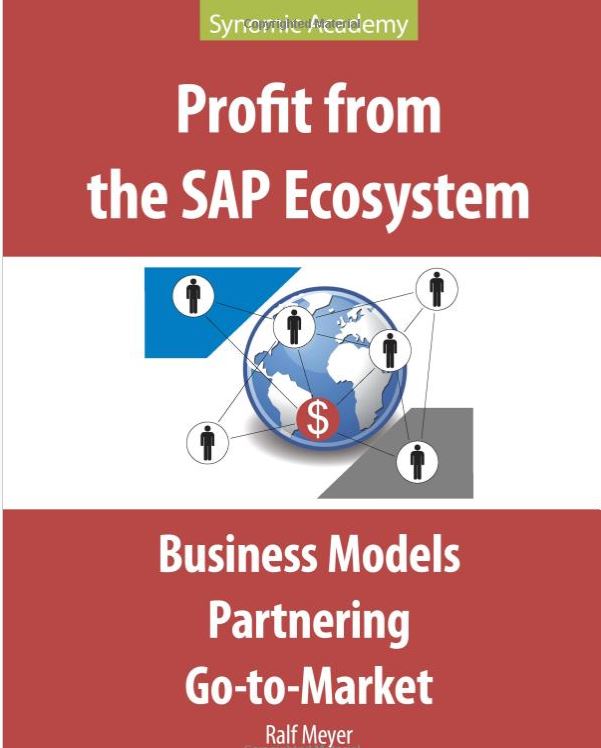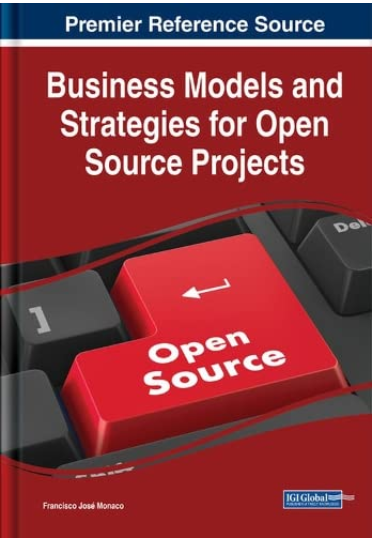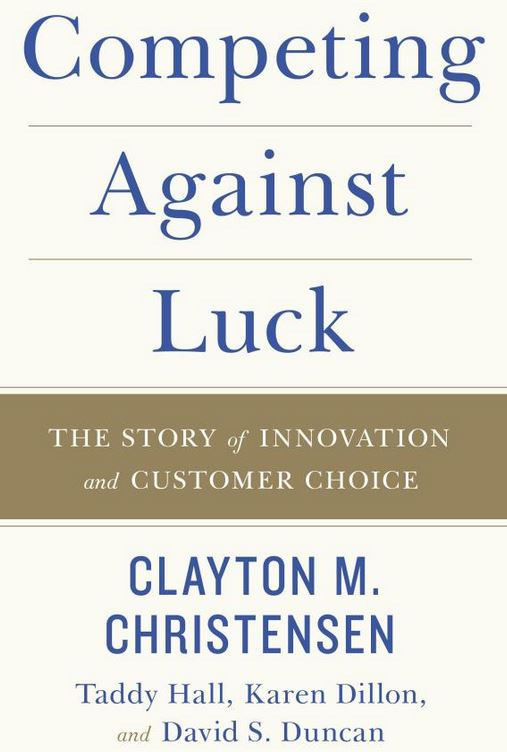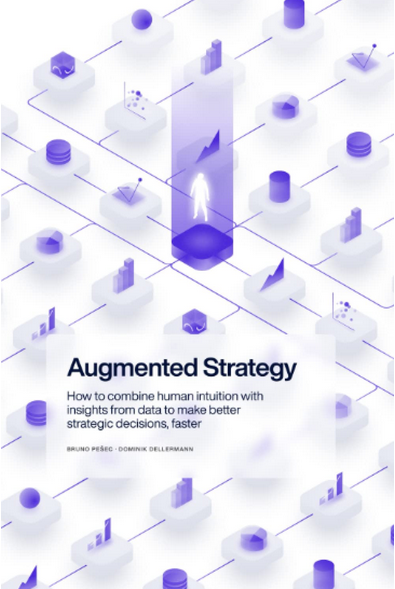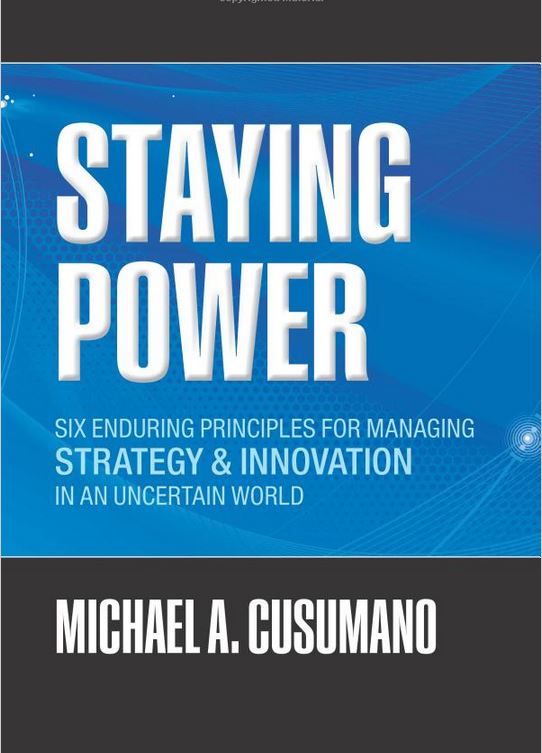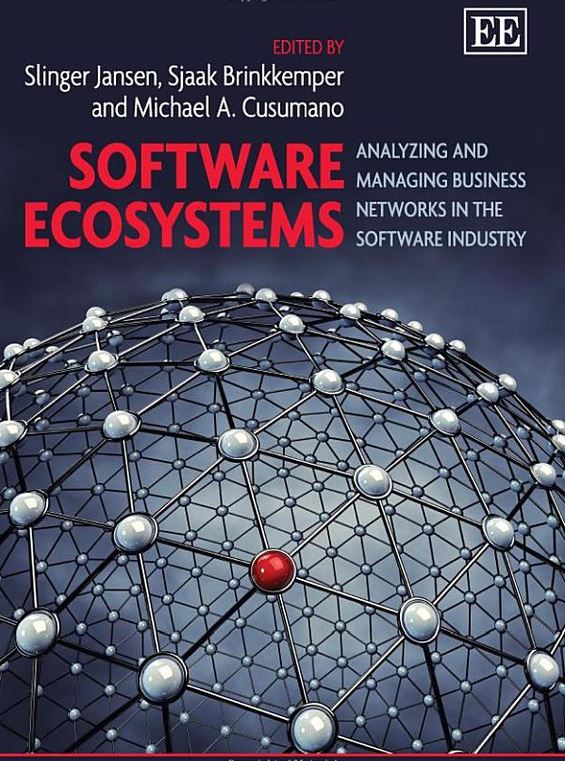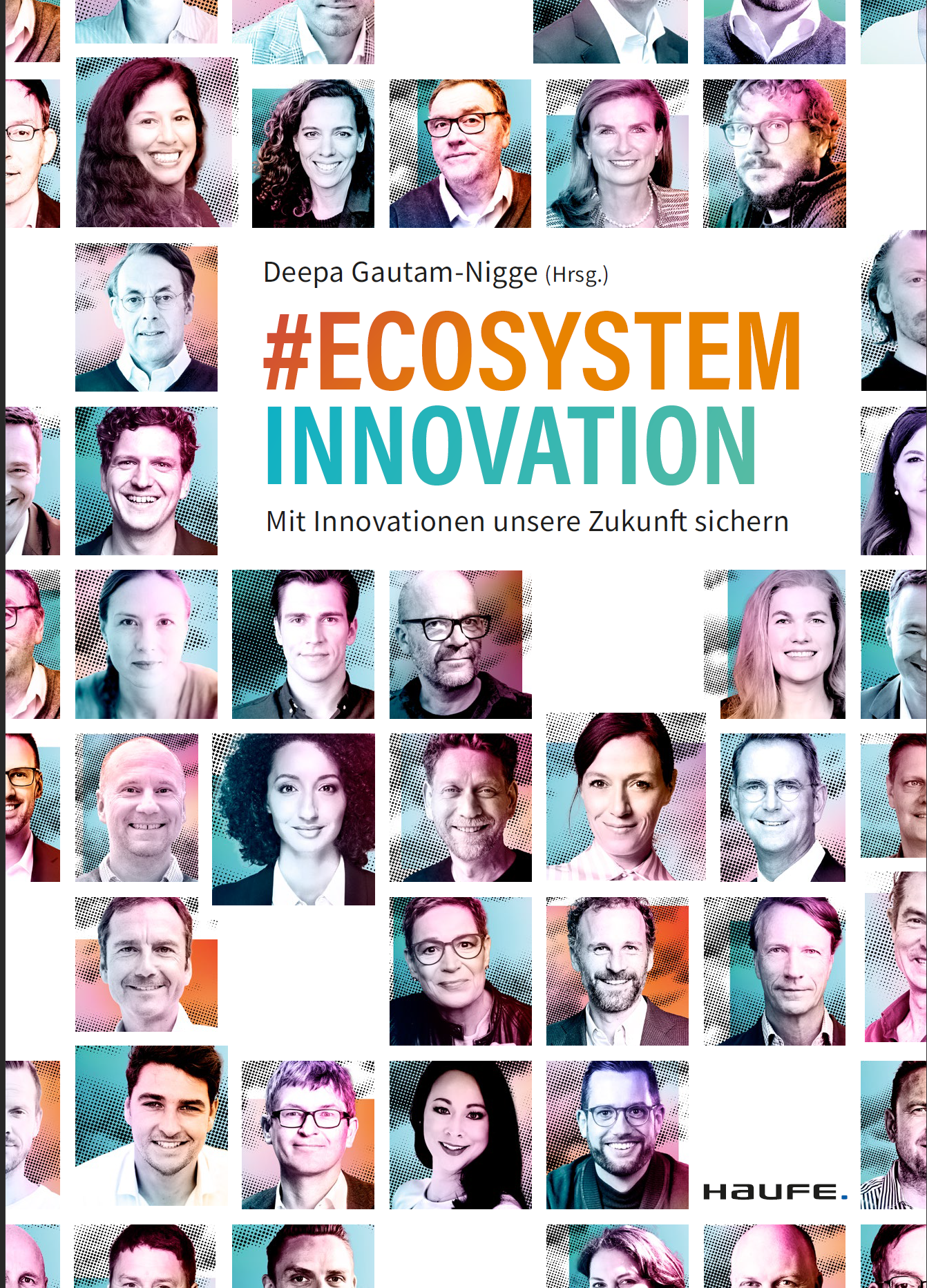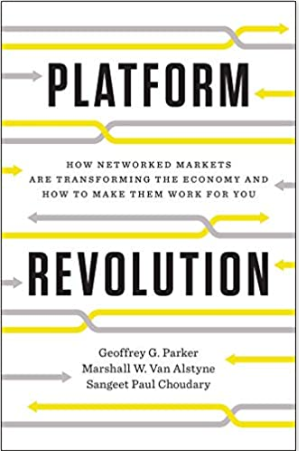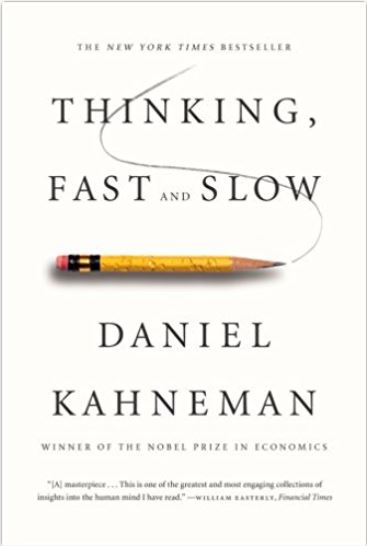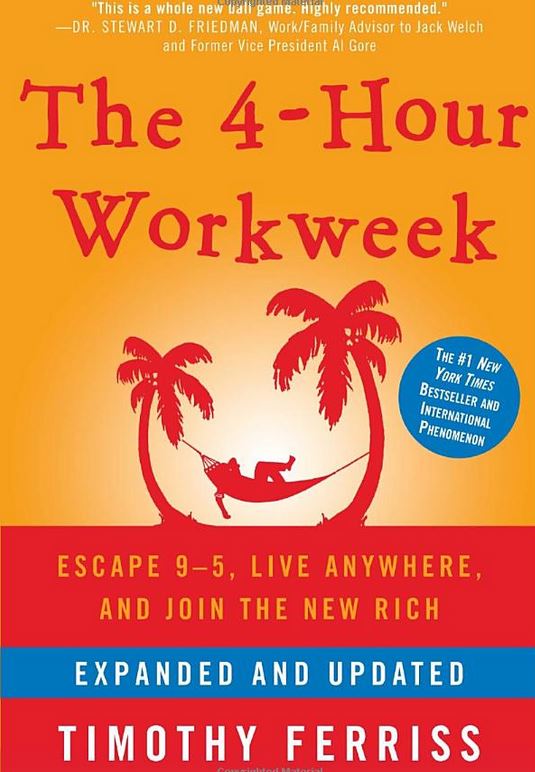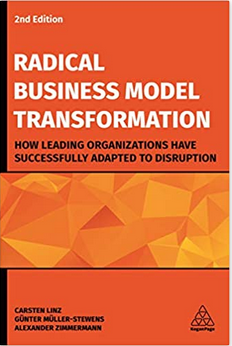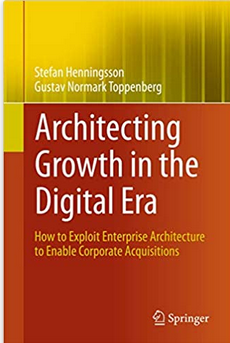Platform Business Models – the basics
Platform Business Models – the basics
In a book called Business Model Generation (2010) by Osterwalder and Pigneur about versatile platforms, whose examples include Apple, Visa, Google, eBay, and Microsoft Windows. One of the most successful business models of this era is the Platform Business Model, that manages and maintains an ecosystem in order to earn economic value in the form of transaction fees or by other means. [Sources: 11, 16, 17]
Usually, a platform business model creates value by facilitating the exchange of two or more interdependent groups. It harnesses an ecosystem of users such as consumers, producers, sellers, buyers, drivers, hosts, and guests to facilitate transactions between them within a large network. [Sources: 1, 4, 16]
Platform types and design
Although there are a number of different platform types and many different classifications, the two most common platform business models are what we call transaction platforms and innovation ecosystem platforms. [Sources: 8, 14] Transaction platforms enable transactions between participants which are usually on different sides of the platform. Innovation ecosystem platforms provide an environment for participants to innovate on top of the offering of the platform. A typical example from tech industries is the creation of a set of APIs provided by a platform to build solutions on top. Platforms with large ecosystems are infrastructure-as-a-service providers like Amazon, Google, or Alibaba.
For transaction platforms, instead of focusing on generating revenue on a transactional basis from the production and sale of goods and services, the platform's business model facilitates valuable connections between users. Finding the right core transactions to be enabled between users of the platform is an important part of platform design, as the platform business relies on its users repeating these transactions to generate value exchange. [Sources: 1, 5, 14]
The design of innovation ecosystem platforms is centered around providing a low entry threshold, easy to use environment for participants to allow fast creation of a large ecosystem of innovators. But it also has to establish fair rules for innovators to capture the value they create.
The platform ecosystem is designed by describing the exchange of value that takes place, the rules governing the platform's business practices and the tools at the user´s disposal. The emergence of connected technologies and ecosystems enables platforms to scale in ways that traditional companies cannot. [Sources: 1, 15]
Platforms and traditional companies
We call traditional non-platform companies linear companies because their operations can be described as a typical linear supply chain along a pipeline of companies. Platform businesses are transforming the pipeline business model where value creation is one-sided and is subject to supply chain bottlenecks into a platform business model where value creation is typically at least two-sided and continuous. [Sources: 1, 8,11]
Platforms that have become part of our daily lives have built their businesses on powerful platform technologies that drill into what we value and connect to them. Companies will have to adapt to this new model at some point, otherwise they run the risk of being disrupted by platforms. [Sources: 0, 2, 14]
Linear companies are not only catching up, but they are also fighting back and skipping well-known platforms such as Amazon, Facebook and Google and investing in the development of AI, artificial intelligence and blockchain technologies to help them create platform 2.0 models. [Sources: 9, 12, 13]
Sources
[0]: https://blog.hypeinnovation.com/platform-models-are-the-new-order-of-business-need
[1]: https://www.applicoinc.com/blog/what-is-a-platform-business-model/
[2]: https://www.wired.com/insights/2013/10/why-business-models-fail-pipes-vs-platforms/
[3]: https://bernardmarr.com/the-9-most-successful-business-models-of-today/
[4]: https://www.publicissapient.com/insights/platforms-are-powerful-business-models
[5]: https://blog.hubspot.com/marketing/platform
[6]: https://bstrategyhub.com/50-types-of-business-models-the-best-examples-of-companies-using-it/
[7]: https://www.weforum.org/agenda/2019/12/benefits-of-platform-business-model/
[8]: https://www.cio.com/article/3134028/platform-business-models-a-primer.html
[9]: https://www2.deloitte.com/ch/en/pages/innovation/articles/platform-business-model-explained.html
[10]: https://hbr.org/2019/05/a-study-of-more-than-250-platforms-reveals-why-most-fail
[11]: https://medium.com/euro-freelancers/platform-economy-the-4-key-business-models-1fc0eda7241e
[12]: https://innovator.news/the-platform-economy-3c09439b56
[13]: https://www.sciencedirect.com/science/article/pii/S0024630118306368
[14]: https://www.linkedin.com/pulse/platform-business-models-explained-robert-farrell
[15]: https://platformbusinessmodel.com/platform-business-model-meaning/
[16]: https://fourweekmba.com/platform-business-models/
[17]: https://www.forbes.com/sites/forbestechcouncil/2016/06/22/how-to-succeed-with-a-platform-business-model/
